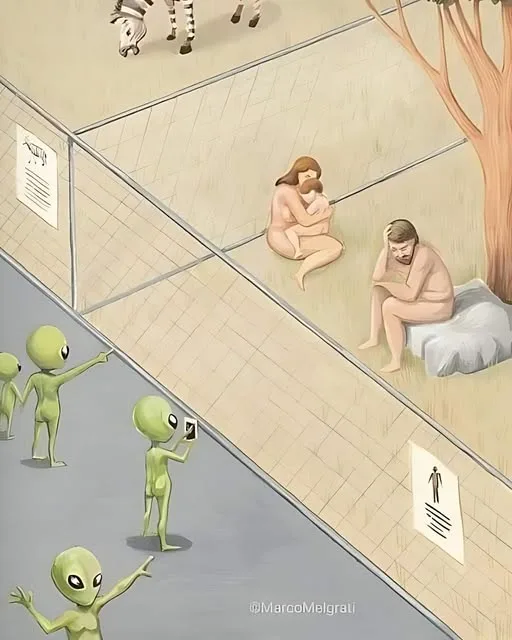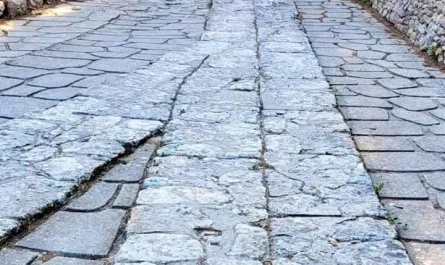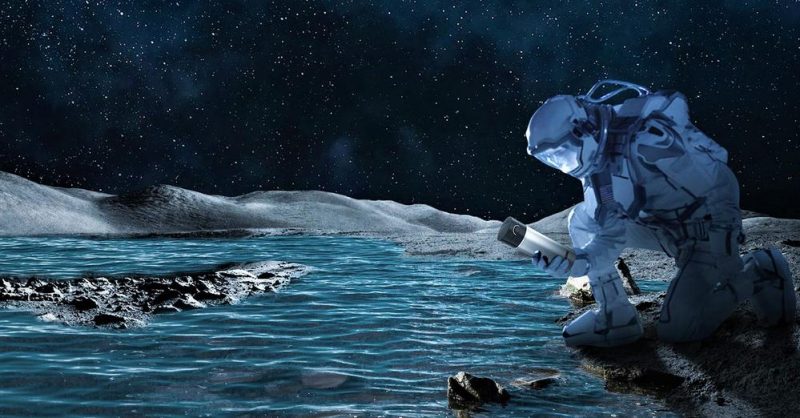The idea that Earth might be an alien zoo is a wild thought, isn’t it? Picture extraterrestrials peering down at us like we’re exotic creatures in a cosmic exhibit, marveling at our quirks—our skyscrapers, our memes, our obsession with coffee. It’s a concept called the Zoo Hypothesis, proposed by MIT astronomer John Ball in 1973, suggesting advanced alien civilizations might be observing us without interfering, like we’re in a galactic nature reserve.

Why might this be plausible? Well, Earth’s got a dizzying array of life, from the Nazca Lines to Shoshone Falls, as you’ve explored—stuff that could fascinate a cosmic tourist. Our planet’s a rare gem: liquid water, a stable climate (well, mostly), and a 5,000-year-old village like Skara Brae showing off human ingenuity. If aliens are out there, we might be their reality TV, our history from Mohenjo-Daro’s baths to Samaipata’s petroglyphs playing out like a saga they can’t stop watching.
On the flip side, there’s no hard evidence—yet. Fermi’s Paradox looms large: if aliens are watching, why no clear signals? Maybe they’re stealthy, using tech we can’t detect, or maybe we’re just not interesting enough to warrant a visit. The universe is vast, and Earth might be a backwater exhibit compared to, say, a planet of sentient plasma clouds. Plus, Occam’s Razor suggests simpler explanations—like we’re alone, or aliens haven’t found us—might hold more water than a zoo scenario.
Still, it’s fun to speculate. Those Nazca Lines you mentioned, with their mysterious stripes, could be ancient billboards for alien spectators, though archaeologists lean toward ceremonial or astronomical purposes. And the qanats of Iran or the Bailong Elevator’s cliffside audacity? Maybe they’re just human flair, or maybe they’re exhibits in a zoo labeled “Clever Monkeys.” What do you think—any signs in your backyard that we’re being watched? 👀





